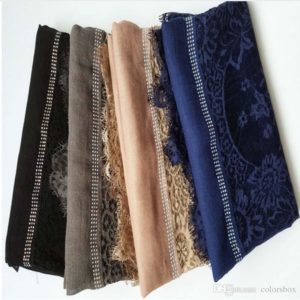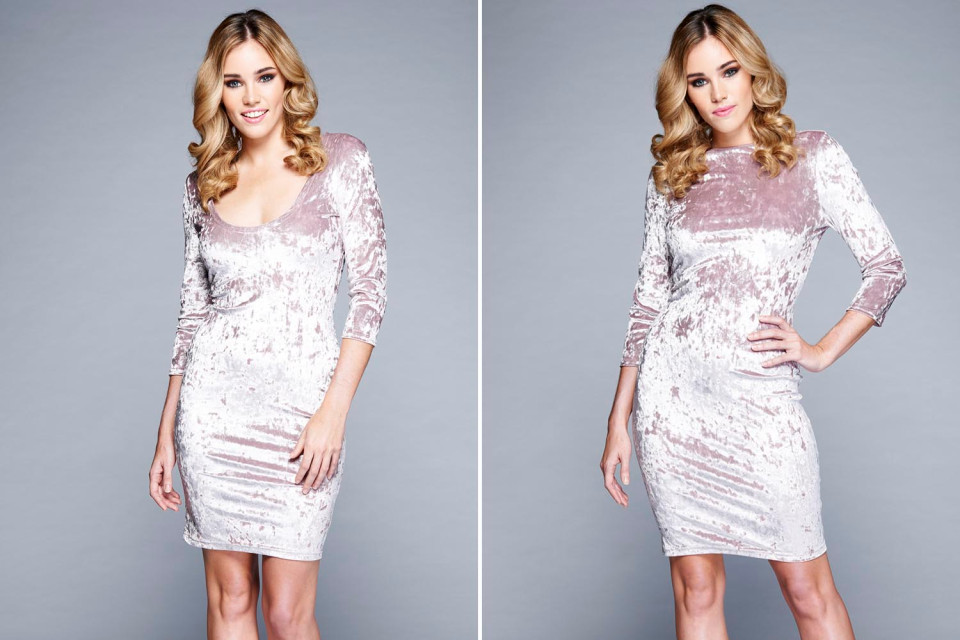 The idea of transforming wood into textile fibers belonged to the famous French chemist and engineer Ilie de Chardonnay - thanks to this talented scientist, viscose was invented in 1884.
The idea of transforming wood into textile fibers belonged to the famous French chemist and engineer Ilie de Chardonnay - thanks to this talented scientist, viscose was invented in 1884.
Initially, he wanted the artificial material to be as good as natural fabrics in its properties - and this goal was achieved; it is thanks to the high quality standards that viscose is still very popular in the consumer market.
Despite the fact that the author of the idea of creating viscose belonged to Chardonnay, this invention was already patented by his followers: chemists Charles Cross and Edward Bevan. With their help, the first enterprise saw the light of day, where the new material was put into mass production.
Soon the material became widespread in industry and received a lot of praise from famous critics and experts - even Dmitry Mendeleev noted that the production of viscose was a very promising area. It took about 100 years for viscose fabrics to begin to be produced and sold all over the world, and then they began The first successful combinations of viscose with other materials appeared: linen, wool and, of course, cotton.
Comparative characteristics of viscose and cotton
 Due to the predominance of plant fibers in viscose, this fabric is often confused with cotton. They really have a lot in common: both materials provide pleasant tactile sensations upon contact with the skin, absorb moisture equally well and allow air to pass through; similar products made from them can even be confused with each other. However, the fabrics also have differences: while cotton retains its properties in any condition, then viscose, being wet, becomes brittle - a wet viscose product is much easier to crumple or tear. In addition, cotton, being a natural material, is more wear-resistant. On the other hand, the difference in price between them is also quite significant, so this list of shortcomings will not be relevant for most potential buyers.
Due to the predominance of plant fibers in viscose, this fabric is often confused with cotton. They really have a lot in common: both materials provide pleasant tactile sensations upon contact with the skin, absorb moisture equally well and allow air to pass through; similar products made from them can even be confused with each other. However, the fabrics also have differences: while cotton retains its properties in any condition, then viscose, being wet, becomes brittle - a wet viscose product is much easier to crumple or tear. In addition, cotton, being a natural material, is more wear-resistant. On the other hand, the difference in price between them is also quite significant, so this list of shortcomings will not be relevant for most potential buyers.
In combination with each other, cotton and viscose give things woven from a similar composition increased strength - however, even in this case they will be quite easily damaged if they are pre-moistened in water, they will be subject to shrinkage.Currently, the production of viscose fibers, which are similar to natural cotton, has been established - the fabrics obtained from them are completely devoid of all the indicated disadvantages and meet the most modern standards of quality and reliability.
How is viscose-cotton blend made?
The main ingredient used in the production process is wood cellulose. Fortunately, with the use of the latest technologies, this takes much less time than several centuries ago, and the number of goods produced is growing every year. Despite this, the manufacturing principle remained virtually unchanged, with the exception of a few innovations.
The following stages of production are distinguished:
- processing wood into chips;
- boiling in an alkali solution;
- treatment with an acid mixture;
- adding cotton;
- giving a thread-like shape by passing it through a machine.
At the end of the production process, the viscose-cotton fabric is finished to its final form and then dried to prevent damage and, as a result, manufacturing defects due to excess moisture absorbed.
Properties of viscose-cotton fabric
 Since cotton is a natural material, it has excellent elasticity and, at the same time, increased strength. When viscose is added to it, such an optimal combination of properties is immediately lost, however, in return, the fabric receives a lot of advantages:
Since cotton is a natural material, it has excellent elasticity and, at the same time, increased strength. When viscose is added to it, such an optimal combination of properties is immediately lost, however, in return, the fabric receives a lot of advantages:
- static electricity does not accumulate;
- the color becomes more saturated
- after dyeing (especially important for the brightest shades);
- maintains brightness for a long time;
- the product is lighter than an analogue woven exclusively from cotton;
- There are no admixtures of synthetic components - viscose-cotton items are suitable for any skin type, even for infants.
Combination of cotton and viscose
 Combining these materials allows you to obtain fabrics both for summer clothing and very warm for winter. The fabric will keep you cool in the summer and keep you warm in the winter. And by transforming the thickness of the fibers, you can achieve an effect similar to natural materials such as silk, linen and even wool. The combination of cotton and viscose is a very interesting option for lovers of soft fabrics that are pleasant to the touch. It is offered at a fairly reasonable price and in terms of visual gloss it will definitely not leave any of its customers indifferent.
Combining these materials allows you to obtain fabrics both for summer clothing and very warm for winter. The fabric will keep you cool in the summer and keep you warm in the winter. And by transforming the thickness of the fibers, you can achieve an effect similar to natural materials such as silk, linen and even wool. The combination of cotton and viscose is a very interesting option for lovers of soft fabrics that are pleasant to the touch. It is offered at a fairly reasonable price and in terms of visual gloss it will definitely not leave any of its customers indifferent.
Ironing
Ironing should be done in the “silk” mode or through a thin, damp cloth.
Wash
You need to use a special washing powder for delicate items, the recommended water temperature is up to 30 degrees, the washing mode is gentle. On average, cotton-viscose fabric can withstand 100-120 washes;
Tactile sensations

Tactile contact with the material leaves an extremely positive impression - very soft and silky;
Price
The cost of products made from this material will please most buyers with the opportunity to save money and not lose in quality. As a rule, a linear meter of fabric will cost around 700-1400 rubles;
Point of view
Since the fabric contains viscose, you will have to take care of it with special care so as not to spoil the appearance of the item.
The most common care recommendations:
 The best option for washing is manual; when using a washing machine, you must first set the gentle mode;
The best option for washing is manual; when using a washing machine, you must first set the gentle mode;- the detergents used must be suitable for contact with cotton and viscose;
- you should wash and wring out such things very carefully, without unnecessary effort - in particular, you should not let them get too old; instead, it is better to just hang them somewhere and let the water dry;
- before drying, the item must be carefully straightened, preferably hung horizontally;
- It is highly not recommended to steam fabric with a hot iron - it is better to use low and medium temperatures;
- To give a better appearance, you can slightly moisten the material before ironing.
At the same time, the material is not without its drawbacks: increased fragility after contact with liquids, a high probability that the item will settle after improper washing or quickly wear out under the influence of negative environmental factors - bright sunlight, ultraviolet radiation, etc. Protect viscose Cotton fabric can be protected from such consequences only with the help of competent and timely care.




 0
0





